Why Communications and Marketing Execs Are Getting CEO Jobs
- Oops!Something went wrong.Please try again later.
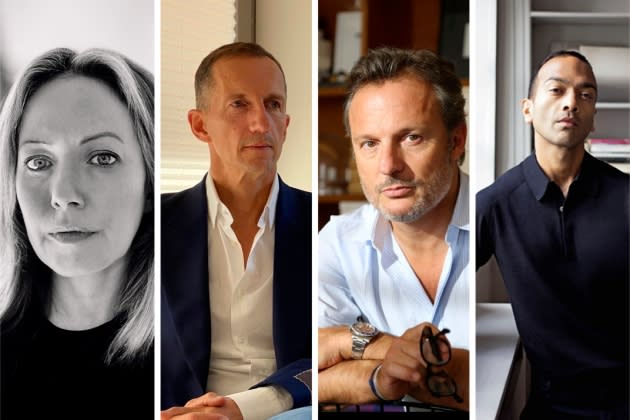
Fashion’s future CEOs may be very familiar to the media crowd.
A growing number of communications and marketing executives are entering the corner office, with Robert Triefus the latest, due to assume the management helm of Italian outerwear firm Stone Island effective June 1, only one month after exiting Gucci as senior executive vice president, corporate and brand strategy.
More from WWD
The elevation last March of Dior’s Olivier Bialobos to deputy managing director in charge of global communication and image also underscores the crucial role of fashion’s storytellers, brand builders and image architects in a consumer-centric age.
Siddhartha Shukla, deputy general manager of Lanvin, and Jenny Galimberti, chief executive officer of JW Anderson, are other examples of seasoned communication professionals now leading European fashion houses.
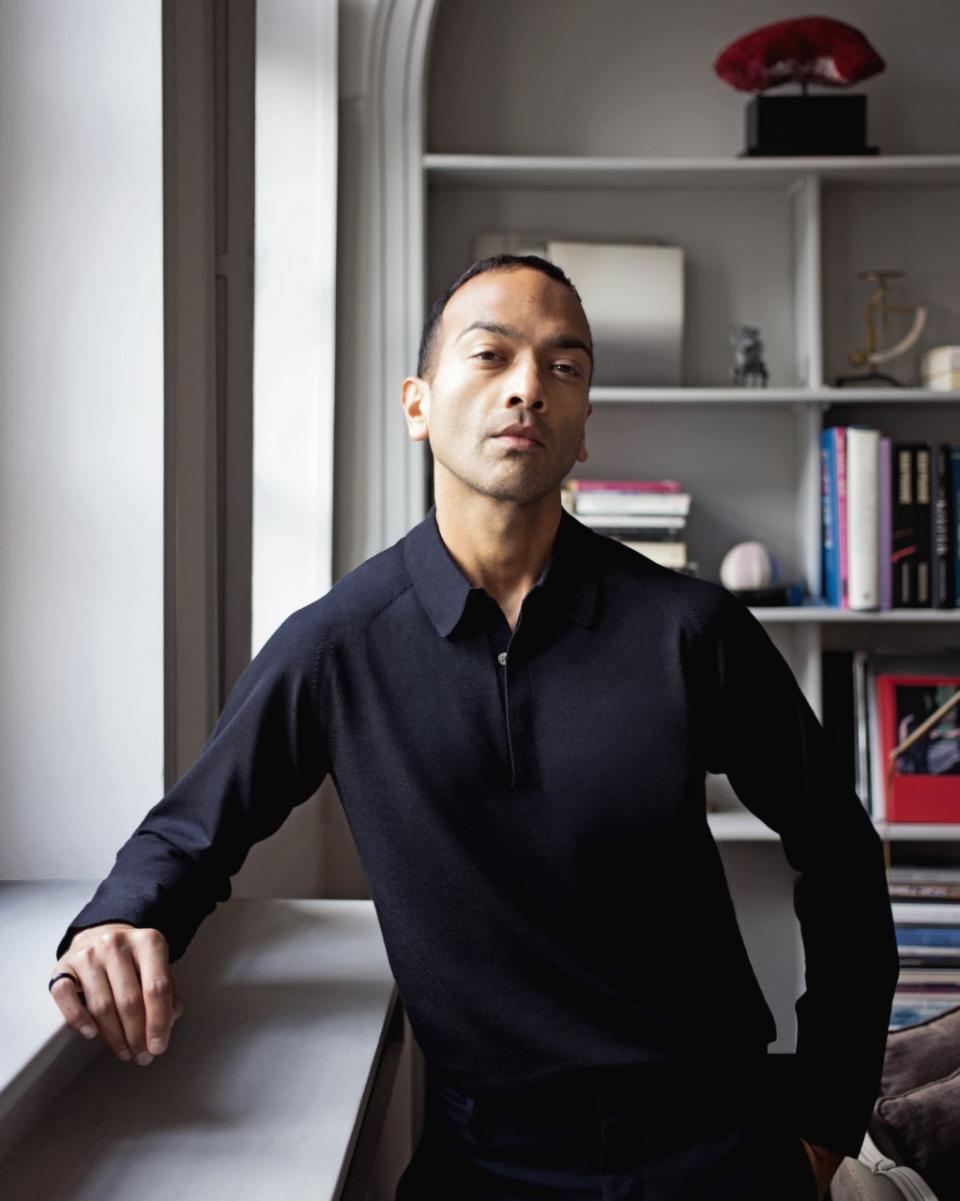
“To generate revenues, influence and attention are two key drivers out of three — the first one being a desirable and impeccable product,” said Floriane de Saint Pierre, founder and principal of executive search and consulting firm Floriane de Saint Pierre & Associés in Paris. “Hence brilliant marketing/communications C-suite leaders, as they orchestrate influence and attention, are qualified to be CEO.”
“Marketing has become much more important in the luxury and fashion world — and marketing expenses have gown a lot,” agreed Thomas Bucaille, director of the Paris fashion design and business school LISAA, an acronym for L’Institut Supérieur des Arts Appliqués. “It’s also become much more complex, and more crucial, so it makes sense to have communication experts at the top of the business.”
Understanding “what a brand is and brand building”; knowing how to navigate a complex new-media landscape, and “the ability to do 360-degree marketing” are among the skills top communications executives possess, according to Bucaille, who spent most of his career in senior human resources positions at companies including Christian Dior Couture, Ralph Lauren, L’Oréal, Petit Bateau and Condé Nast International.
De Saint Pierre noted that brands now access, entertain and engage their audiences mostly through their own channels, without third parties.
“Brands are competing to be and remain influential in order to have the attention of a qualified audience. This is the ‘attention economy.’ Without attention, there is no desirability, hence no purchasing act,” she explained in an interview. “This requires being a connector between a brand and an audience, understanding today’s society, generating unique ideas, and managing their implementation through 3D and 2D creative expressions.”
In the post-pandemic period, brands have ramped up the scale and frequency of fashion week displays, itinerant runway shows and VIC gatherings around high jewelry, in addition to campaigns around celebrity ambassadors. Close coordination between creative, merchandising and marketing is seen as essential in order to impart a strong vision and brand proposition.
Bucaille noted that retail and commercial/sales executives were predominant as fashion and luxury CEOs for at least a dozen years, as major European brands built out their global boutique networks.
Before, it was also common for fashion CEOs to ascend to the role from finance, or manufacturing.
In recent years, however, merchandising profiles came to the fore — Jacopo Venturini becoming Valentino’s CEO in 2020 being a prominent example — and recently communications and marketing executives, who now have purviews much broader than public relations, store windows and events, observers agreed.
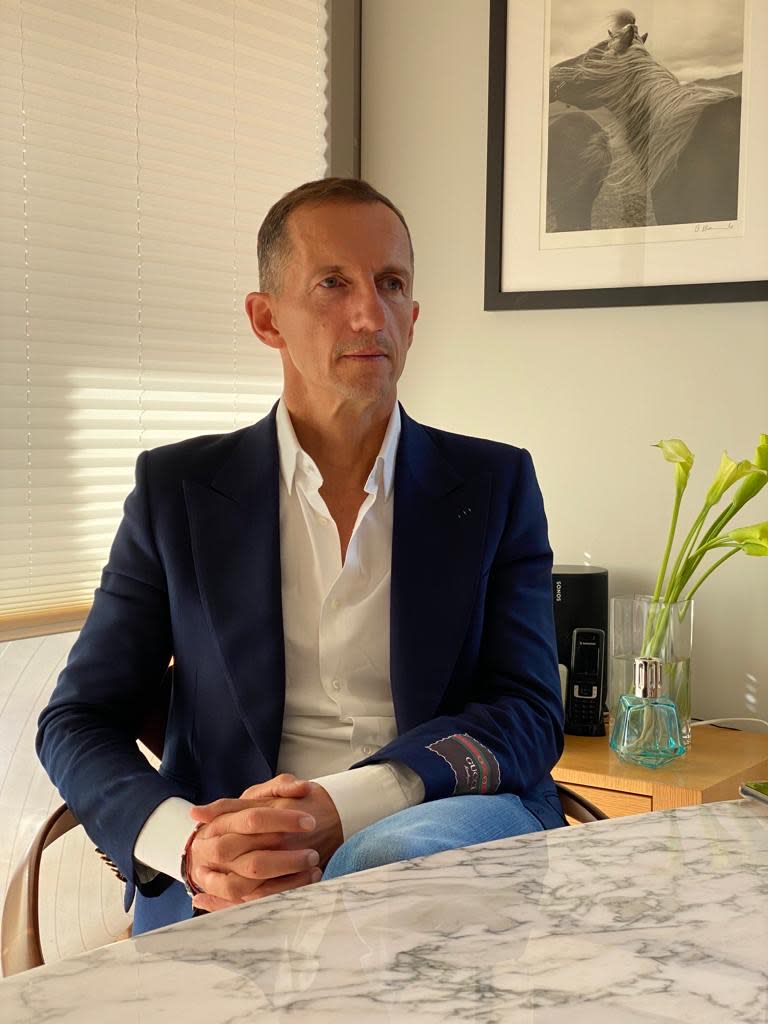
Several experts pointed to Pietro Beccari, who became chairman and CEO of Louis Vuitton in February after stellar stints at other LVMH-controlled houses Dior and Fendi, as the ultimate guru, who spent his earlier career in marketing at Benckiser and Parmalat.
Others mentioned Jean-Marc Loubier, previously marketing and communication director of Vuitton and today CEO of Delvaux, and Francesca Bellettini, who headed communications in addition to merchandising when at Bottega Veneta, before joining Saint Laurent as CEO.
Bucaille cited Remo Ruffini, chairman and CEO of Moncler, as another “marketing genius and product expert” who propelled a small skiwear specialist into a luxury powerhouse.
Caroline Pill, partner in charge of global fashion, luxury and beauty at Heidrick & Struggles in London, links the rise of marketing executives to the consumer-centric posture fashion and luxury players have adopted in recent years.
In the fight for market share, brands need to create desire and supply products that people want, “and that’s where the marketers come in.”
They “are on the pulse of what’s happening,” craft messages exalting brand DNA, and “play a big role in knowing who the customers are,” she explained. “My mission is to open doors for very strong marketers who have the skill set and strategic vision to become CEO.”
Echoing other observers, Pill noted that there’s a long-standing tradition of marketing executives leading beauty and fast-moving consumer goods companies, and now fashion is following suit.
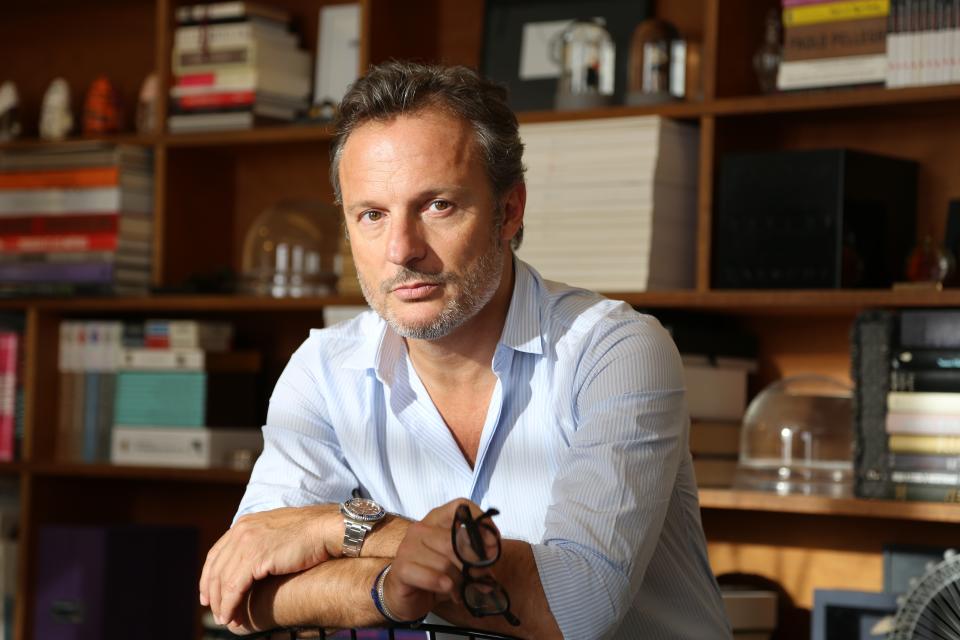
LVMH Moët Hennessy Louis Vuitton, for example, has recruited a host of fast-rising executives from L’Oréal in recent years, including Damien Bertrand, now CEO of Loro Piana, and Pierre-Emmanuel Angeloglou, Vuitton’s executive vice president, strategic missions.
“When you develop, or reposition, the contribution of the communications director is key in the strategy,” commented Sidney Toledano, chairman and CEO of LVMH Fashion Group. “In the past, a CEO was often driving the strategy by himself.”
Toledano, who had been the longtime CEO of Christian Dior Couture, said he was pleased to see Bialobos elevated to managing director since he has “been key to the success of Dior” thanks to his “understanding of the brand, his contribution to the strategy, the image and positioning.”
Toledano also backed designer Jonathan Anderson’s wish to make Galimberti CEO of his JW Anderson brand in 2018. She was previously head of communications and events at Vuitton, chief marketing officer at Dunhill and held senior roles in communications and brand development at Gucci, L’Oréal, Swarovski and Prada.
“Jonathan is the chairman. He needed a CEO and Jenny understood perfectly the objective and the development plan,” Toledano said.
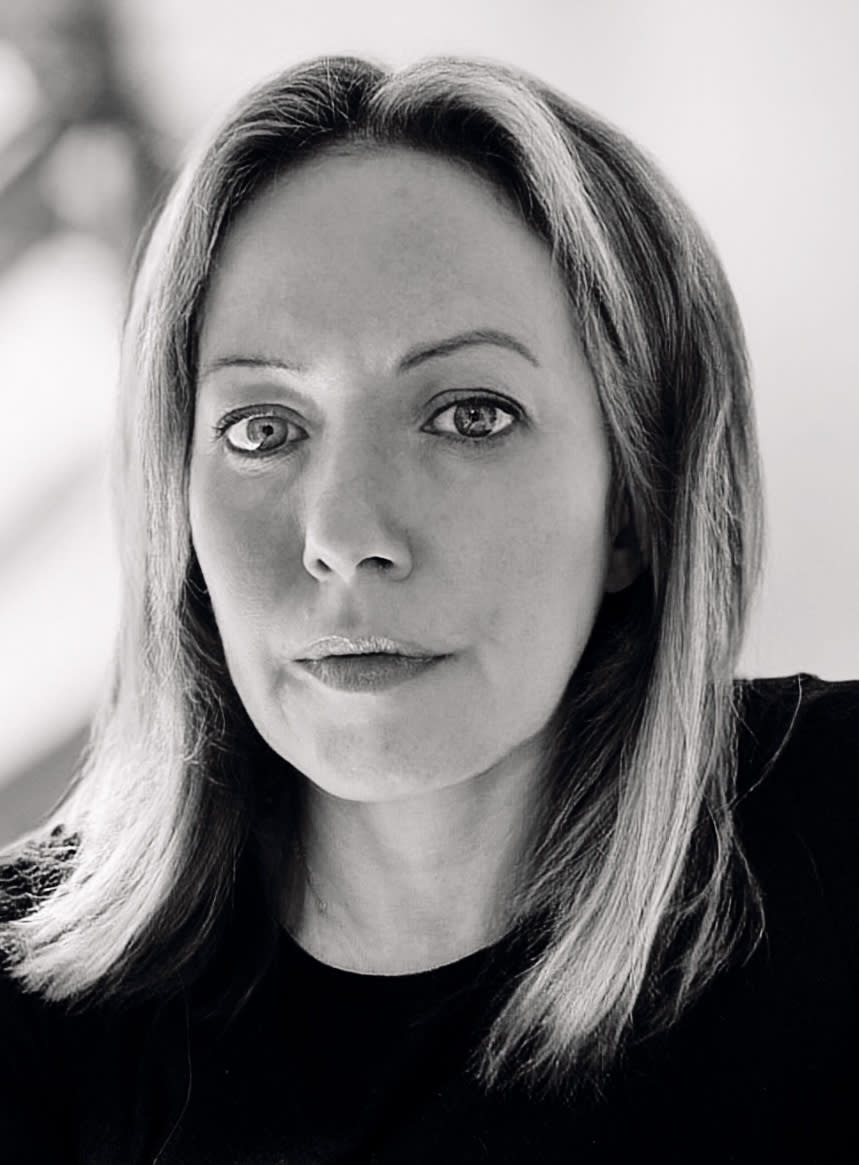
In Toledano’s view, a fashion and luxury CEO can come from a variety of backgrounds, including retail, merchandising or marketing. “It depends what the trajectory of the company is.”
What’s essential are management skills and “you need to have a passion for this industry,” according to Toledano, an engineering graduate of École Centrale de Paris who started his career as a marketing consultant at Nielsen International.
In addition, communications executives must pursue very high standards to assure the vibrancy, integrity, clarity and creativity of a brand.
“You have to seek perfection, this has to be an obsession,” he said. “If you do mistakes in communications, it can cost you a fortune.”
“As reputational risks can heavily hurt a brand, its influence and revenues, marketing communication leaders bring the experience of anticipating such risks,” de Saint Pierre agreed. “The plus is the understanding and the monitoring of the attention economy, how to build an influential brand globally and drive revenues.”
According to sources, other high-profile communications/marketing executives with CEO potential include Stefano Cantino at Vuitton, Rod Manley at Burberry, and Bastien Renard at Golden Goose.
To be sure, there is no set formula today when it comes to selecting an executive to take the management helm of a fashion and luxury brand. Chanel conscripted Leena Nair, chief human resources officer at Unilever, to become its global CEO at the end of 2021.
Pill noted, however, that “we have yet to see a supply-chain CEO.”
Best of WWD

